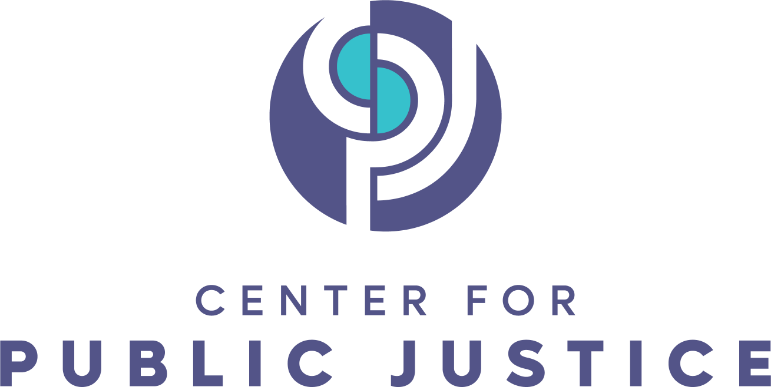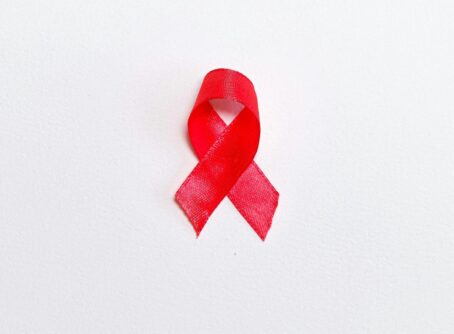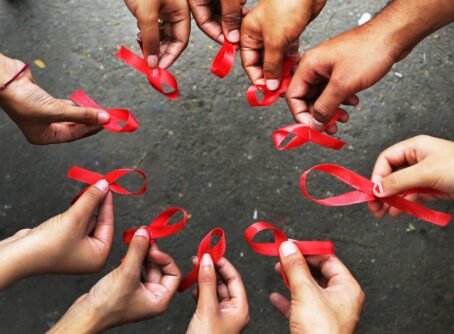
This article is the first in an ongoing series featuring different models of diversion programs, which redirect youth from justice system involvement and its host of harmful effects. Through articles and interviews, we will explore the many incarceration alternatives and prevention programs and highlight efforts in our own communities that are already committed to providing a just future for our youth
The United States admits over 200,000 youth into juvenile detention centers per year. This statistic is unsettling, but more so is that this system isn’t working — in some states, recidivism rates are as high as 80% for youth in the first three years following their release. Detainment can reroute an adolescent’s future within a number of days, as youth who are sent to juvenile detention centers prior to their court hearing or official placement are much more likely to have intensified involvement with both the juvenile justice system and prison system. Further, time in detention disrupts students’ education, their future employment trajectories and is shown to produce and/or aggravate mental health concerns. These ill effects unfairly afflict youth of color, reflecting the vast inequities of the prison system.
Another strategy is clearly needed, one that doesn’t put bandaids on juvenile detention center failures but reroutes youth from detention centers altogether. Diversion programs present an alternative, holding youth accountable for their behavior through means that are tailored to the unique needs of the student and to the circumstances of their offense. This approach is more developmentally appropriate for youth than juvenile detention, and gives youth the opportunity to grow beyond the often rebellious period of adolescence. Thus far, where diversion programs have been implemented, youth recidivism rates have fallen by 45%, and criminal justice system costs have decreased in tandem.
What do Diversion Programs Look Like?
Diversion programs are generally designed for those who have committed first-time, low-level, or status offenses (such as truancy or curfew violations), which encompasses the vast majority of youth who come into contact with the justice system. Youth are referred to these programs by authorities like educators, law-enforcement officers, or adjudicators. Therefore, they may be diverted at a variety of points, including prior to arrest, during the pretrial period, or at juvenile court. Diversion programs vary in accordance with the gravity and nature of the offense, ranging from warn-and-release procedures to restorative justice arbitrations to drug or mental health courts. There are even proactive diversion programs that meet youth long before they come into contact with the justice system.
Pre-arrest and pre-trial diversions, generally labeled as “informal diversions,” may include any combination of mentoring programs, therapy for mental/behavioral concerns or substance abuse, educational assistance, career readiness training, relationship repair between the adolescent and those harmed by their actions, intentional recreation periods, and more methods to steer the youth in question towards rehabilitation without the stigma associated with “juvenile delinquency.” For example, the Georgia-based organization Crosswalk USA reaches justice-involved and at-risk youth in their afterschool programs ARTreach 180 and SPORTSreach 180, which incorporate mentorship and family-style meal times along with skill development. The Rock City Learning Center in Pennsylvania takes a more preventative approach, offering academic support and educational outings to give students a positive vision for their futures and their communities.
Formal diversion programs also steer youth away from incarceration, but they include more structure and supervision for the youth in question. They are normally implemented post-arrest and therefore may include court procedures, which adjudicate according to serious conditions that led to the youth’s arrest, such as mental health concerns and/or disabilities or substance abuse disorders. Mental health courts, for example, may take into account a defendant’s heightened tendency toward angry outbursts or breaking policy at school or work, and verdicts may include voluntary inpatient treatment rather than time in a detention center. Similarly, juvenile drug courts will call on the efforts of families, community groups, and healthcare professionals to help free the affected youth from their cycle of substance abuse and subsequent violations of the law.
Public Justice Framework
Youth who are at risk of justice system involvement or have already come into contact with the system are a highly vulnerable population. These individuals are caught in a punitive spiral that makes their success and general well-being nearly impossible. Scripture is not ambiguous on this matter, making clear commands for us to care for vulnerable children and those behind bars. The prophet Isaiah instructed God’s people by saying “Learn to do right; seek justice, Defend the oppressed, Take up the cause of the fatherless; plead the case of the widow” (Isaiah 1:17). Likewise, Hebrews 13:3 says, “Continue to remember those who are in prison as if you were together with them in prison, and those who are mistreated as if you yourselves were suffering.” From God’s distinctive commands to the Israelites for living well in the land to Jesus’ ministry of total restoration, the Biblical narrative portrays a rich vision for creating a world in which all can flourish.
We can, and should begin to actualize this vision by seeking diversion opportunities for youth through government as well as through the variety of other available institutions. Informal diversions, as described above, are often sponsored by civil society representatives, such as schools, non-profits, neighborhoods, and families. CPJ’s Guideline on Government states that the government ought to respect the unique callings and abilities of other institutions — such as the family, schools and counseling centers — which when applied to the unique situation of offending youth, suggests that government ought to work with communities to repair broken bonds and to ensure offending youth receive specialized care through informal diversions.
However, there is a unique role for the government to play in the administration of justice. Government is particularly equipped for standardized interventions to uphold the common good, as the Guideline also states. For example, governments can be uniquely effective at upholding the common good through the implementation of drug and mental health courts and other formal diversion programs for offending youth. Further, when diversion programs are the default response for first-time and/or non-violent youth offenders, the government can work more effectively through the court and detention systems with and for youth who would benefit from higher supervision, such as those who have committed chronic or violent offenses.
Both civil society and government organizations have the ability to care for youth by limiting their contact with the justice system and giving them a hope for their future as members of their community. In the coming articles of this series, we will explore different diversion models that are already pursuing justice for this vulnerable population. These pre-existing efforts ought to encourage us but also move us to learn more and respond to our communities’ unique needs so that we can create a just society where all young people can thrive.
Joya Schreurs is a senior at Dordt University, where she studies English and Theology. She also worked as a Shared Justice intern in the summer of 2023.





